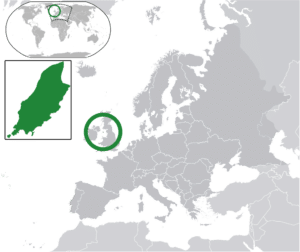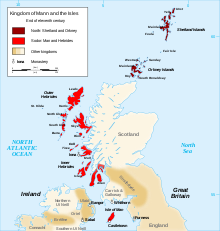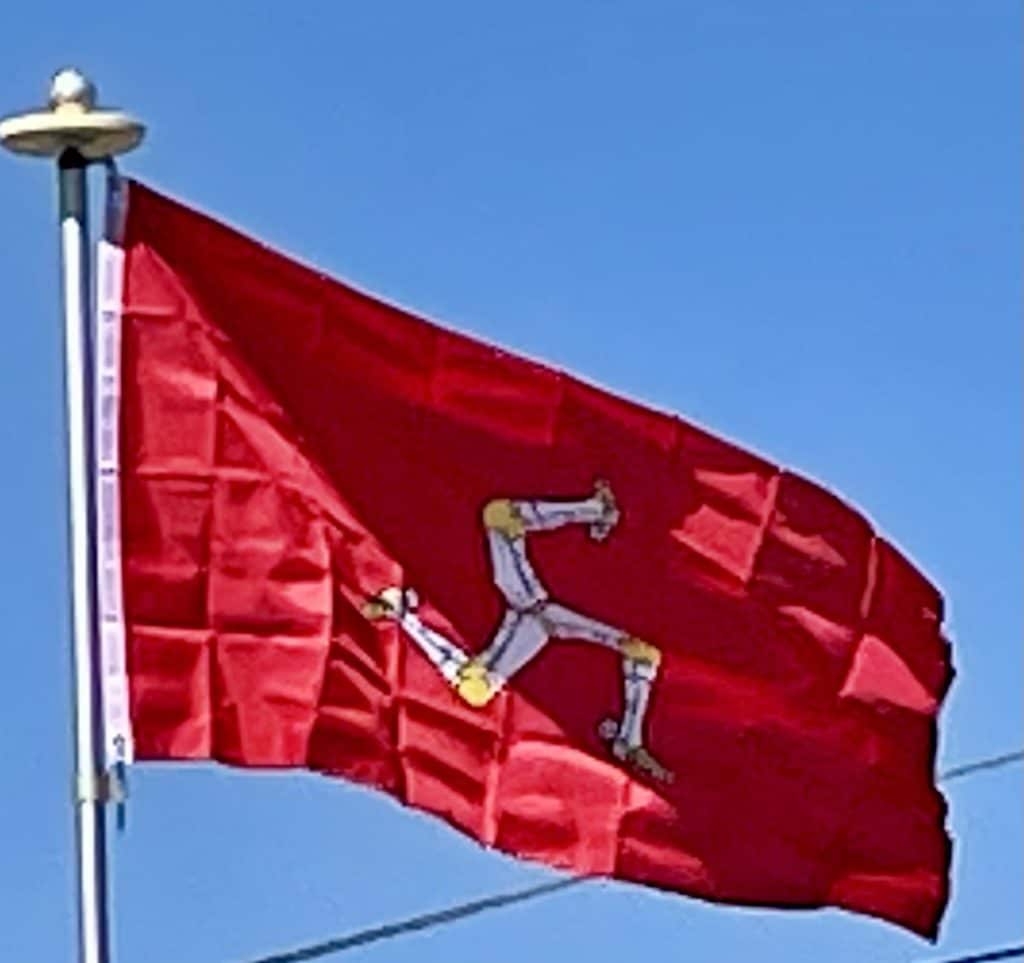Introduction:
The Isle of Man, also known as Mann, is an island and self-governing British Crown Dependency in the Irish Sea between Great Britain and Northern Ireland. The head of state, Queen Elizabeth II, holds the title Lord of Mann and is represented by a Lieutenant Governor. The United Kingdom is responsible for the isle’s military defense.
Humans have lived on the island since before 6500 BC. Gaelic cultural influence began in the 5th century AD, and the Manx language, a branch of the Goidelic Languages, emerged. In 627, King Edwin of Northumbria conquered the Isle of Man along with most of Mercia. In the 9th century, Norsemen established the thalassocratic Kingdom of the Isles, which included the Isle of Man. Magnus III, King of Norway from 1093 to 1103, reigned as King of Mann and the Isles between 1099 and 1103.

In 1266, the island became part of Scotland under the Treaty of Perth, after being ruled by Norway. After a period of alternating rule by the Kings of Scotland and England, the island came under the feudal lordship of the English Crown in 1399. The lordship revested in the British Crown in 1765, but the island did not become part of the 18th-century Kingdom of Great Britain, nor of its successors, the United Kingdom of Great Britain and Ireland and the present-day United Kingdom of Great Britain and Northern Ireland. It has always retained its internal self-government.
In 1881, the Isle of Man Parliament, Tynwald, became the first national legislative body in the world to give women the right to vote in a general election, although this excluded married women. In 2016, UNESCO awarded the Isle of Man biosphere reserve status.
Insurance and online gambling each generate 17% of the GNP, followed by information and communications technology and banking with 9% each. Internationally, the Isle of Man is known for the TT Motorcycle Races, and the Manx Cat, a breed with short or no tails. The Manx are a Celtic Nation.
History:
The island was cut off from the surrounding islands around 8000 BC as sea levels rose following the end of the ice age. Humans colonized it by travelling by sea some time before 6500 BC. The first occupants were hunter-gatherers and fishermen. Examples of their tools are kept at the Manx Museum.
The Neolithic Period marked the beginning of farming, and the people began to build megalithic monuments, such as Cashtal yn Ard near Maughold, King Orry’s Grave at Laxey, Meayll Circle near Cregneash, and Ballaharra Stones at St John’s. There were also the local Ronaldsway and Bann cultures.
During the Bronze Age, the size of burial mounds decreased. The people put bodies into stone-lined graves with ornamental containers. The Bronze Age burial mounds survived as long-lasting markers around the countryside.
The ancient Romans knew of the island and called it Insula Manavia. Scholars have not determined whether they conquered the island.
Around the 5th century AD, large-scale migration from Ireland precipitated a process of Gaelicisation, evidenced by Ogham inscriptions, and the Manx language developed. It is a Goidelic language closely related to Irish and Scottish Gaelic.
In the 7th century, Mann came under Anglo-Saxon control, specifically King Edwin of Northumbria, from which he launched raids into Ireland. How much influence the Northumbrians exerted on Mann is unknown, but very few place names on Mann are of Old English origin.


